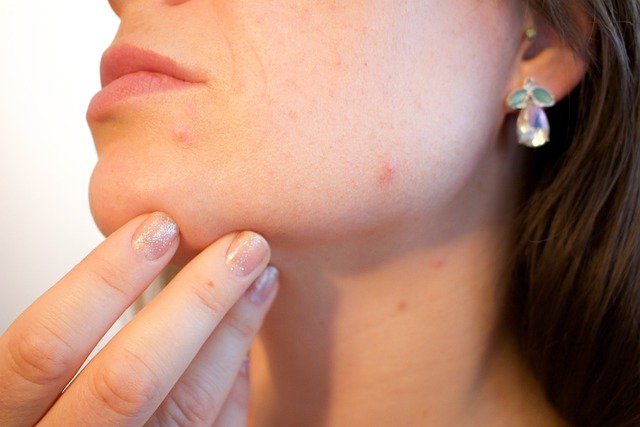Sunscreen is an essential part of any skincare routine, helping to protect your skin from harmful UV rays and reduce the risk of sunburn, premature aging, and skin cancer. However, many people are unsure about how often to reapply sunscreen, especially when wearing makeup or spending time indoors. In this guide, we’ll cover everything you need to know about sunscreen reapplication, SPF ratings, and best practices to keep your skin safe.
How Long After Applying Should You Reapply Sunscreen?
Dermatologists recommend reapplying sunscreen every two hours for optimal protection. However, if you are swimming, sweating, or wiping your skin, you should reapply immediately after drying off to maintain coverage. Even water-resistant sunscreens need to be reapplied after 40 to 80 minutes in the water, depending on the label instructions.
Does SPF 50 Mean You Should Reapply Every 50 Minutes?
No, SPF (Sun Protection Factor) does not indicate how often you should reapply sunscreen. Instead, it measures how much UVB radiation the sunscreen can block. SPF 50 means it blocks 98% of UVB rays, not that you can wait 50 minutes to reapply. The general rule for sunscreen reapplication remains the same regardless of SPF: every two hours or sooner if exposed to water or excessive sweating.
Why Is It Important to Reapply Sunscreen?
Many factors can cause sunscreen to wear off, making reapplication crucial for continued protection. These include:
- Sweating – Physical activity and high temperatures cause sweat to break down sunscreen.
- Water Exposure – Swimming or water sports wash away sunscreen, even if it’s labeled water-resistant.
- Touching Your Face – Wiping sweat, using a towel, or even casual face-touching can remove sunscreen.
- Sun Exposure Duration – Sunscreen effectiveness diminishes over time, so reapplying helps maintain coverage.
How to Reapply Sunscreen Without Washing Your Face
If you’re outside and don’t have access to a sink, you can still reapply sunscreen effectively using these methods:
- Powder Sunscreen – Mineral-based SPF powders can be dusted over makeup without smudging.
- Sunscreen Mist/Spray – A fine mist of sunscreen can be applied directly over the skin.
- Sunscreen Stick – Ideal for targeted application without disturbing your base makeup.
- Blotting and Reapplying – Use blotting paper to absorb excess oil before gently patting on sunscreen.
When Should You Reapply Sunscreen Indoors?
If you spend most of your time indoors, you may not need to reapply sunscreen as often, but there are exceptions:
- Near Windows – UV rays can penetrate glass, so apply sunscreen if sitting near windows for long periods.
- Exposure to Blue Light – Screens emit blue light, which may contribute to skin damage. Using SPF-infused skincare can help.
- If Your Sunscreen Rubs Off – If you touch your face often, use a phone, or wipe your skin, consider reapplying midday.
How to Reapply Sunscreen Over Makeup
Reapplying sunscreen over makeup can be tricky, but these tips can help:
- Use a Setting Spray with SPF – This refreshes your makeup while adding UV protection.
- Apply Powder Sunscreen – SPF powders provide a matte finish while reinforcing sun protection.
- Dab, Don’t Rub – Use a beauty sponge to pat sunscreen gently onto the skin without disrupting makeup.
- Try a Cushion Compact with SPF – These are portable and ideal for touch-ups throughout the day.
How Often to Reapply Sunscreen SPF 30
SPF 30 blocks 97% of UVB rays and is effective for most daily activities. However, it should still be reapplied every two hours, or sooner if sweating or swimming. If spending extended time outdoors, consider a higher SPF for added protection.
How Often to Reapply Sunscreen SPF 70
SPF 70 provides higher UVB protection (blocking 98.5% of UVB rays), but that does not mean it lasts longer than SPF 30 or SPF 50. You should still reapply every two hours. High-SPF sunscreens are beneficial for those with fair skin, a history of skin cancer, or extreme sun exposure.
Conclusion
Reapplying sunscreen is just as important as applying it in the first place. Regardless of SPF level, always reapply sunscreen every two hours, and immediately after sweating or swimming. If wearing makeup, opt for SPF sprays or powders for easy touch-ups. By following these guidelines, you can ensure long-lasting protection and maintain healthy, youthful skin.

